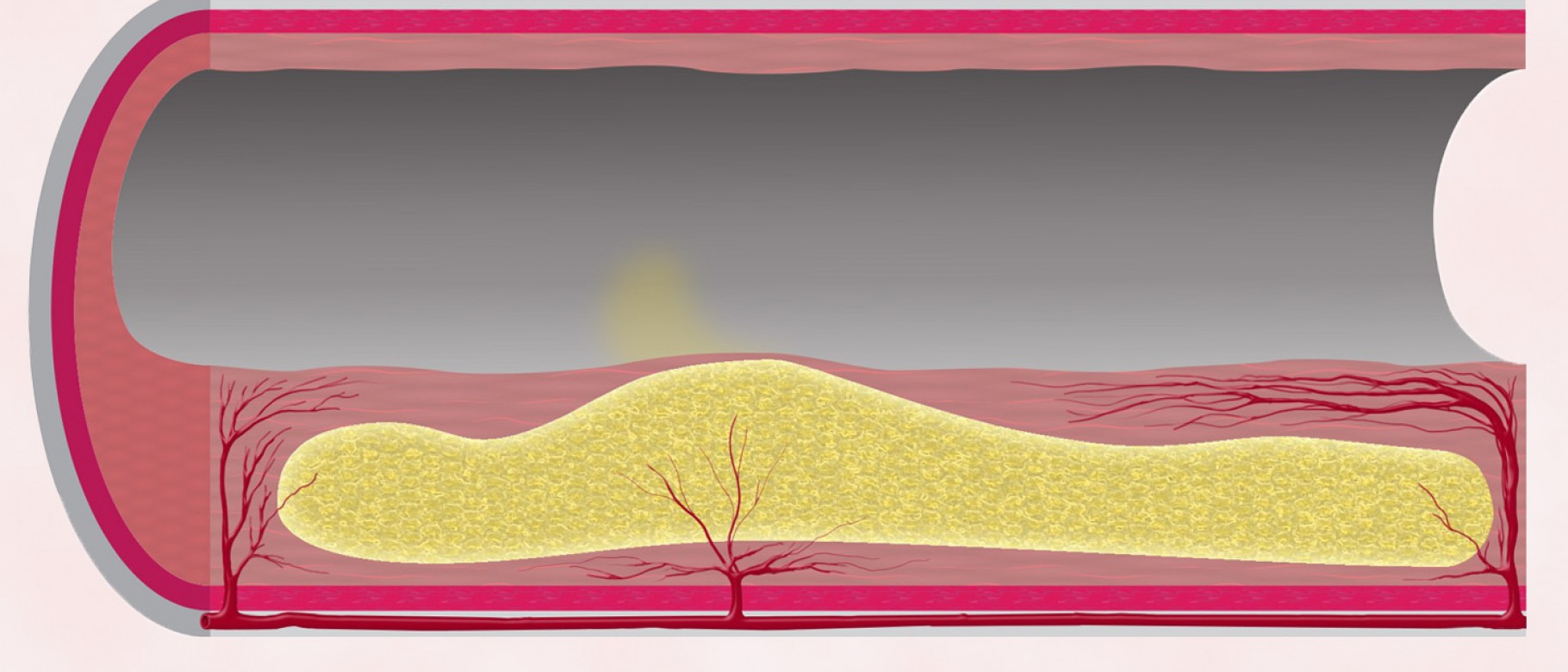UNE research shows failed plaque healing, rather than plaque rupture, as the major risk factor for heart attacks

A recently published study from Mark Brezinski, M.D., Ph.D., CPT, clinical professor in UNE’s College of Osteopathic Medicine, provides new evidence about the plaque that is believed to cause most heart attacks.
The article, which was published on March 15 in the Journal of the American Medical Association (Cardiology), discusses whether plaque rupture or failed plaque healing is the greater risk for heart attacks.
According to Brezinski, it has been known since the 1980s that most commonly after a heart attack (the leading cause of death), small, thin-walled plaque ruptures are found. The current belief is that these plaques release lipid into the blood, leading to clot formation. But less than 20 percent of these thin-walled plaque ruptures actually lead to heart attacks. Medical researchers have long been asking the question: Why do some cause heart attacks but most do not?
In the early 1990s, Brezinski's team developed optical coherence tomography for high resolution imaging -- a technique that was approved by the FDA about a decade ago. Brezinski and his colleagues observed that the length of the plaques is a critical factor – but not because a longer plaque necessarily equates to a larger amount of lipid being released. In fact, plaques rarely empty their whole lipid content.
Brezinski’s team discovered that in long plaques, when angiogenesis (the development of small blood vessels) occurs, the new blood vessels, cannot easily reach areas in the middle of the plaque due to its length. Cells, therefore, die, and the region loses its ability to heal. Without healing, an occlusive clot forms and leads to a heart attack. For several decades, it was been believed angiogenesis resulted in vessel rupture that expanded the plaque; but Brezinski’s research suggests otherwise, demonstrating that it is not plaque rupture itself but the failed healing from long plaques with poor blood supply that is the greater risk factor for heart attack.
